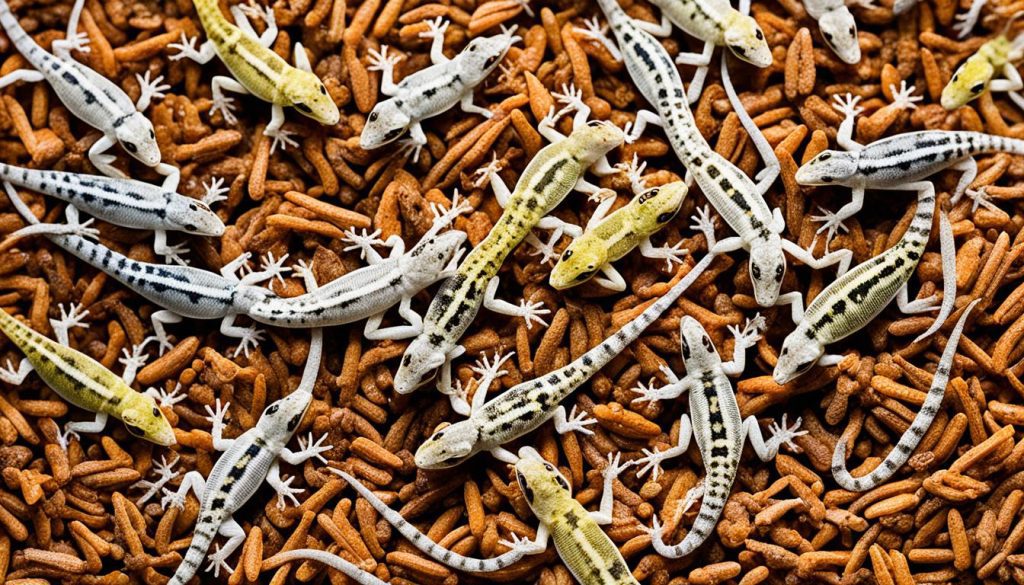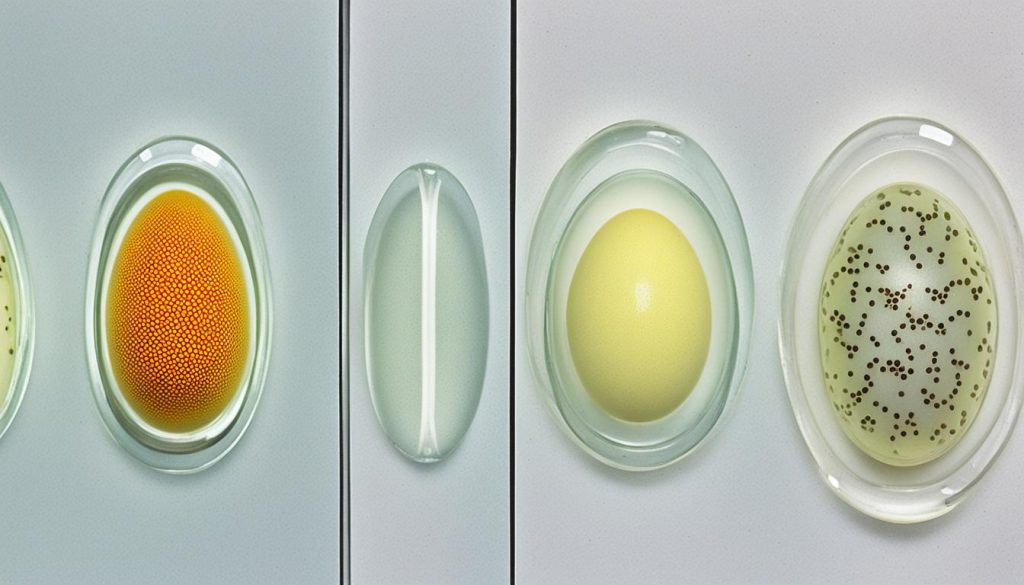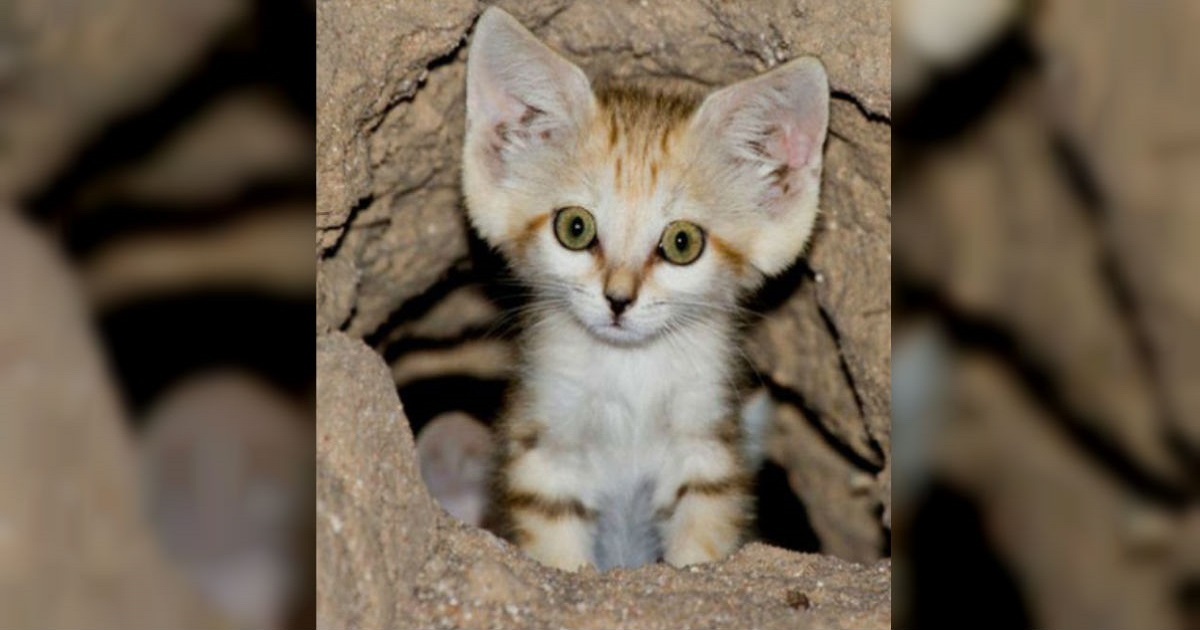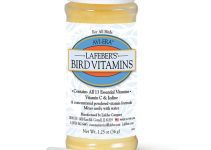Hey there! Are you curious about what geckos eat? Well, you’ve come to the right place. In this article, I’ll be revealing the secrets of a gecko’s diet and what you should know about feeding these fascinating creatures.
If you’re a gecko owner or thinking about getting one as a pet, understanding their dietary needs is essential for their well-being and happiness. Providing the right food for your gecko ensures they receive the necessary nutrients to thrive.
What Do Geckos Eat
- Geckos have diverse diets that include a variety of prey items.
- They eat arthropods, such as spiders and beetles, as well as insects like crickets and cockroaches.
- Geckos may also consume small vertebrates such as other lizards and baby mice.
- Additionally, they may feed on fruits and plant material.
- Proper nutrition is crucial for the health and vitality of geckos.
Geographic Range and Habitat
Mediterranean house geckos, native to the Middle East, northern Africa, and the Mediterranean region, have also been introduced to other areas such as Mexico, Cuba, and parts of the United States.
They inhabit a variety of habitats, including human areas, shrublands, coastal regions, and caves.
Mediterranean house geckos are adaptable and can live in both tropical and temperate regions.
They are often found in crevices of old buildings and are known to inhabit areas with dim lighting.
Understanding their native range and habitat is important for providing them with suitable living conditions in captivity.
Physical Description
Mediterranean house geckos, also known as Hemidactylus turcicus, have fascinating physical characteristics that set them apart from other gecko species. These charming reptiles showcase a range of colors and sizes, making them a captivating addition to any reptile enthusiast’s collection.
Mediterranean house geckos exhibit a predominantly light-colored or white body, although variations in colors such as pink, light brown, or sandy yellow are also observed. Their scales are smooth on the ventral side, providing a sleek appearance, while the dorsal side is adorned with distinctive spots. Their striking features extend to their eyes, with large vertical pupils and an absence of eyelids, giving them a unique and captivating gaze.
The size of adult Mediterranean house geckos can range from approximately 10 to 13 cm, including the length of their tails. It is intriguing to note that male geckos tend to be slightly smaller than their female counterparts. However, regardless of their size, these geckos possess a remarkable regenerative ability. If the gecko’s tail is lost or broken, it has the remarkable capability to regenerate over time.
The physical characteristics of Mediterranean house geckos may exhibit slight variations depending on their location and sex. These charming reptiles showcase unique traits that make them unmistakable in the world of geckos.

Development and Reproduction
Mediterranean house geckos, like many other reptiles, have a fascinating reproductive process. These geckos reproduce sexually and lay eggs as part of their life cycle. The development and reproduction of Mediterranean house geckos play important roles in their population growth and overall survival.
During the breeding season, which typically occurs in the spring and summer months, female geckos can lay multiple clutches of eggs. Each clutch usually consists of two eggs. The incubation period for these eggs is approximately 40 days, during which the eggs develop and ultimately hatch into baby geckos.
Females typically reach sexual maturity between 4 and 5 months to 36 months, depending on their species and location. It’s worth noting that different populations of Mediterranean house geckos may have variations in the timing of sexual maturity. On the other hand, male geckos generally reach sexual maturity within a year or less.
Understanding the development and reproduction of Mediterranean house geckos is crucial for various purposes, including breeding programs and population conservation efforts. By studying their reproductive processes, researchers and conservationists can gain insights into their population dynamics and develop effective strategies for their management and conservation.

Observing the development of gecko eggs can provide valuable information about the health and reproductive success of individual geckos and their populations as a whole. The intricate process of egg development and the subsequent hatching of baby geckos highlight the remarkable reproductive abilities of these fascinating creatures.
Diet of Aristelliger Geckos
Aristelliger geckos, also known as croaking lizards, have a diverse diet. Recent research has provided new dietary records for several species of Aristelliger geckos. Their diet includes arthropods, such as spiders, beetles, and insects, as well as plant material, including fruits and seeds. They have also been observed to consume mollusks. The research expands our understanding of the feeding habits and dietary preferences of Aristelliger geckos.
GEICO’s Gecko Cookie Recipe
In a recent GEICO commercial featuring the Gecko, the character shares a cookie recipe that was passed down from his mother. The recipe includes ingredients such as butter, sugars, eggs, vanilla extract, espresso powder, baking soda, cornstarch, salt, all-purpose flour, and various types of chocolate chips.
The dough is prepared by mixing the ingredients and chilling it before baking. The cookies are baked at 350 degrees F for 9-12 minutes. The recipe yields delicious cookies that are soft and chewy.
Try out the Gecko’s cookie recipe and enjoy the delectable treats it produces. These cookies are perfect for any occasion and are sure to impress your family and friends. Whether you’re a fan of the GEICO commercials or just love baking, this cookie recipe is a must-try.
Conclusion
Geckos, with their diverse diet that includes arthropods, small vertebrates, and even fruits, have unique feeding habits. Providing them with a balanced and nutritious diet is essential for their overall health and well-being. It is important to research the specific dietary requirements of different gecko species to ensure their nutritional needs are met, especially when keeping them as pets.
By offering a varied diet that replicates their natural feeding habits, geckos can maintain proper nutrition and thrive in captivity. It’s crucial to include a variety of prey items such as spiders, beetles, insects, and even small vertebrates. Additionally, incorporating fruits and plant material into their diet can provide essential vitamins and minerals.
Understanding geckos’ feeding habits is key to their successful care and conservation. Whether they are wild or kept as pets, providing them with a diet that mimics their natural feeding patterns is essential for their long-term health and vitality. By prioritizing gecko nutrition, we can help these fascinating reptiles live their best lives.






